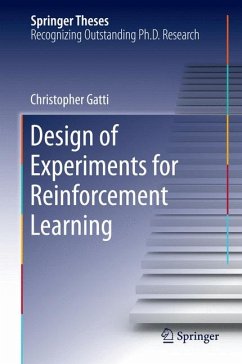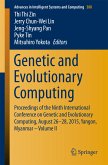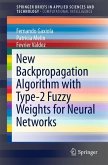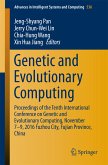This thesis takes an empirical approach to understanding of the behavior and interactions between the two main components of reinforcement learning: the learning algorithm and the functional representation of learned knowledge. The author approaches these entities using design of experiments not commonly employed to study machine learning methods. The results outlined in this work provide insight as to what enables and what has an effect on successful reinforcement learning implementations so that this learning method can be applied to more challenging problems.
Dieser Download kann aus rechtlichen Gründen nur mit Rechnungsadresse in A, B, BG, CY, CZ, D, DK, EW, E, FIN, F, GR, HR, H, IRL, I, LT, L, LR, M, NL, PL, P, R, S, SLO, SK ausgeliefert werden.









